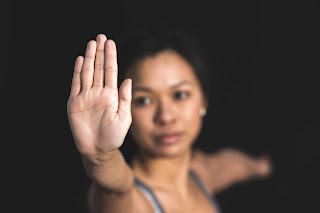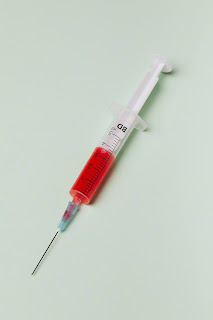The 5 main massage strokes
The 5 main massage strokes
Effleurage
Effleurage is a long gliding stroke often performed with the flat of the hand with a light to medium pressure. It is the first stroke used in a massage to spread the oil on the body, therefore introducing the client to the therapists touch. Effleurage is also used as a linking movement between the different massage strokes and allows the practitioner to evaluate where areas of specific tightness are located prior to the deeper work.
Petrissage
Petrissage is a series of different movements using alternating hands which include picking up, wringing,skin rolling and pulling up the tissue being worked upon. This is the stroke which often follows on from Effleurage and is used to break down adhesions in the muscles therefore relieving muscular tension and discomfort. As a result of this stroke the circulation is increased leading to a greater lymphatic flow as toxins are released from the body.
Friction
Friction is a stroke which is used in smaller areas often with the thumb in a circular motion with little movement to target specific areas of tension which require a deeper and more concentrated pressure. It is often used over areas where scar tissue may be present, or around the joints and is highly effective in breaking down adhesions within the muscles or tendons due to the depth and warmth created whilst performing the stroke.
Vibrations
Vibrations are rapid movements which use the finger tips or hands to vibrate the tissue, consisting of a combination of rocking, shaking and trembling also similar to friction this stroke is used on a specific area of the body to break down tension and adhesions very quickly and effectively. This stroke stimulates the circulation and helps to soothe irritated nerves therefore providing immediate relief and a decrease in stress.
Tapotement
Tapotement is a percussive stroke and a French term meaning to drum or tap. It is performed using the sides of the hands, fists or cupped hands to stimulate the circulation and consists of a variety of rapid movements known as hacking, clapping and pounding using alternating hands to stimulate the circulation and awaken the client signifying the massage is being brought to a close.



Comments
Post a Comment